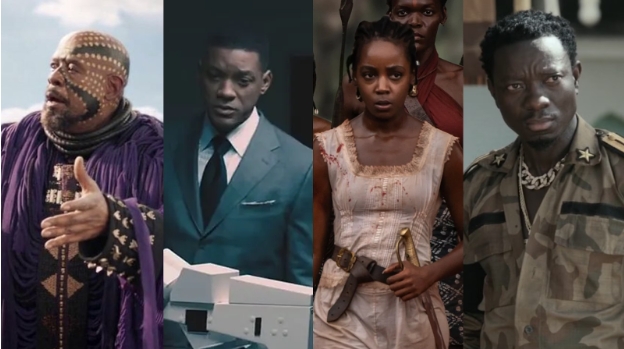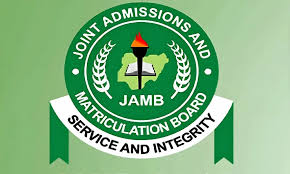Artificial Intelligence and Art
It feels like my articles are always spur-of-the-moment. I was scrolling through Instagram as my mind drifted away from the Clinical Anatomy textbook in front of me when I saw a post that really caught my attention. Get this: AI-generated baddies.
https://www.instagram.com/p/CmhawZXI87A/?igshid=YmMyMTA2M2Y=
Yeah yeah, permit me to lose focus for a bit. The quality of these was hardly a shock. After all, we’ve already seen everything at this point, even robot pop stars; Miquela and Hatsune Miku coming to mind. Miquela’s Instagram in fact is much like the Gen-Z celebrity cliché, complete with the BLM hashtag and a discord link.
.
Her music, on the other hand, is a bit… ahem. But we aren’t here to talk about music (Hatsune Miku’s music is nice though. Check her out).
In the past months, AI Art has sparked multiple debates: on ethics, on whether human artists are being exploited and being stolen from, on whether human artists will lose jobs and revenue streams to computers as well, etc. For instance, do you know what the term “computer” initially meant? One who computes. From the 17th century to the early 20th century, computers were people who undertook long and tedious calculations in observatories, universities, the Army, and wherever else they were needed. They handled the grunt mathematical work, basically. That was until the early computers such as ENIAC appeared in the early 90s; taking their jobs and eventually, their titles. If we fast-forward to the modern era we can look at this through the lens of chess.
O Chess! A romantic sport indeed, and as close to art as can be. Chess engines were first developed in the 50s; software capable of playing chess by crunching probabilities and analysing possibilities. At the start, they were clumsy and inaccurate, barely able to complete a game. By the 60s, they could only beat human opponents but still failed to compete with masters through the 70s. By the late 1980s, chess engines finally reached Grandmaster level after extensive development in the field, and the downfall of humanity seemed inevitable. Soon enough, challenges were sent to the reigning World Champion and arguably the GOAT of chess (at the time anyways; it’s arguable these days), Garry Kasparov. The first couple of engines he faced were absolutely eviscerated by the Russian juggernaut. By the late 90s, he faced his sternest test yet, “Deep Blue”. In their first match in 1996, Kasparov defeated Deep Blue 4-2 after an early scare but in the 1997 rematch after more work by the programmers, Deep Blue triumphed 3.5-2.5. Mankind’s last stronghold had fallen.
By the mid-2000s, chess engines were a class apart and humans could no longer compete against them. Nowadays, with our smartphones and mobile apps, even seven year old now have access to chess engines that can flatten world champions. As such, chess engines are no longer looked at as opponents but as tools for analysis. Different chess engines even compete against each other in the Top Chess Engines Competition (TCEC). These matches are a showcase of sheer computing power with the organizers needing to hamper the engines using opening books for us to get any fun out of it. Without that, every game between the engines would perhaps end in a well-explored Ruy Lopez draw. Human chess has continued to flourish though, with new generations of players using engines to train and analyze their games. And none other than 19-year-old Alireza Firouzja best typifies this era. The youngest ever player to reach the rating of 2800, a monumental feat in chess, Firouzja grew up on chess websites, honing his skill against thousands of players as opponents are more accessible in the digital age. He has also consistently used engines to study opening ideas and work on in-game mistakes as is the norm these days.
Chess has come to accept the engines and work with them. Still, art, like chess, can’t be compared to grunt mathematical work. The human element in art can not be replaced. Besides, isn’t error the beauty of life after all? In chess, they say there are no masterpieces without mistakes from the opponent; the perfect game is a draw. Who wants perfection? Give me a good old-fashioned Sicilian scrap.
Still on Art, these days, there is a lot of paranoia around the application of AI in visual art. This is primarily due to how accessible the software is now; anyone can give a prompt to their preferred AI Art generator and get some quality work in return. You could even have AI draw portraits of you which is quite amazing, given the practicality of it all. But in truth, AI art has been around for a very long time; since the 60s, in fact. And since that time a lot of issues have kept being raised. Who owns the copyright to an AI-generated artwork? Artificial intelligence isn’t a person, how could it own a copyright? Should the copyright laws be amended to cater to non-humans or should AI work enter the public domain? These AI have even been accused of plagiarism as they have based their art styles on the works of several notable human artists. There is also the obvious issue of the livelihoods of visual artists being affected as instead of paying small artists commissions for illustrations and designs, corporations and consumers can just opt for the AI route which could prove more cost-effective.
But then again, isn’t this the nature of capitalism? Of society? The scary part is that the AI art programs would only get stronger as shown in the chess example. In 6 years, perhaps, we could be looking at a new scale of it all. It’s natural for artists to feel scared when faced with this prospect, but for the art world, co-existing with Artificial Intelligence seems inevitable. This can be helped through the use of unique identifiers on AI art so at least it isn’t mistaken for human work. But then again, how could art of all things be policed? Structure is the very antithesis of art. Decisions in the art world in the coming years would be crucial though, and perhaps a boycott could gather steam. Finally, as to how foolish it is to predict art, only time will tell.




Explicit!